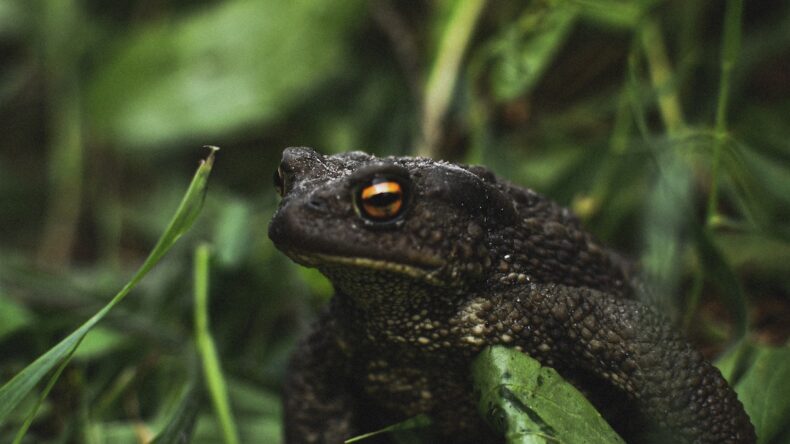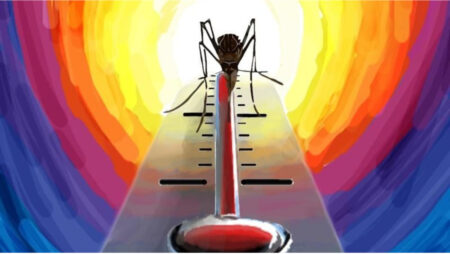A pandemic is by no means to be ignored be it in amphibians, mammals, plants or elsewhere. the cruciality of interconnectedness of each and every living organism is highly complex and a loss in a particular biodiversity result in massive repercussions elsewhere.
The new diagnostic test demonstrated susceptibility to strains from various parts of the world and found Indian varieties of chytridiomycosis that had gone undetected by earlier testing.
Deep dive into the occurrence
In partnership with the Centre for Cellular and Molecular Biology in India, the Panama Amphibian Rescue and Conservation Centre at the Smithsonian Tropical Research Institute (STRI) in Panama apprised the reliability of a novel diagnostic tool for chytridiomycosis strains, and new knowledge about the disease that caused the extinction of 90 amphibian genera and the drastic reduction of over 500.

Their innovative assay, which was released in the publication Transboundary and Emerging Diseases, effectively recognized strains from other regions of the world as well as previously unreported Indian ones.
In India, the novel diagnostic assay was tested on frogs, toads, salamanders (amphibians with tails), and caecilians (amphibians without legs), with similar or superior outcomes than the gold-standard assay advised for the detection of chytridiomycosis. Its efficacy was successfully tested in labs in Australia and Panama, demonstrating that it is a cost-effective substitute for the widespread monitoring of chytridiomycosis pandemic around the globe.
Steps taken to counter the threat
In order to treat and manage chytridiomycosis, early detection is crucial. However, current analysis of this infection brought on by two fungi pathogens demonstrates a complex, dynamic genome. Large-scale surveillance for newly developing hybrid types is required as novel strains develop in multiple regions of the world and spread via the international trade in frogs.

The recently created assay will facilitate worldwide detection, demonstrating the relevance of international scientific partnerships in the pursuit of answers to a shared hazard related to pandemics. This collected effort on part of the scientists will not only mitigate risks of the amphibian pandemic threat but also the multitude of crisis that they will face in the near times to come.
According to STRI scientist Roberto Ibáez, who participated in the study, “this assay will allow researchers to investigate and figure out the dissemination of amphibian chytrid fungus varieties that previously walked unnoticed and tackle related pandemic better, especially in countries encompassing the Indian Ocean where human trade has spread and implemented frog species.”.
The novel method might also help in the search for undiscovered reservoirs of pathogens. That is, species of amphibians that are potentially sick but do not manifest disease symptoms or death are able to covertly spread the illness to nearby susceptible species.
A case study and beyond
According to co-author Ibáez, “one strain of the amphibian chytrid fungus produced dramatic population declines, even the extinction of amphibian species in Panama.” The Panamanian golden frog (Atelopus zeteki) and the Chiriqu harlequin frog (Atelopus chiriquiensis) have not been spotted in some time. Several frog species have reemerged in certain regions, though they have not entirely regained their former population levels. For sensitive species in natural settings, the amphibian chytrid fungus remains a hazard and a pandemic level threat for the species.

The Smithsonian Institution includes the Smithsonian Tropical Research Institute, which has its main office in Panama City. The Institute promotes conservation by raising the general public’s awareness of the wonder and significance of tropical ecosystems, advancing our comprehension of the tropical environment and its significance to human wellbeing, and training students to carry out research in the tropics.
The insight procured provides a nuanced vision into the matter, moreover, also provides a foolproof way to tackle pandemic level threats to these organisms at an individual level.













